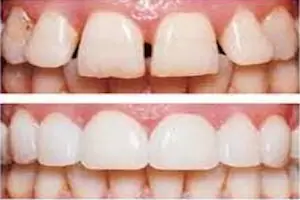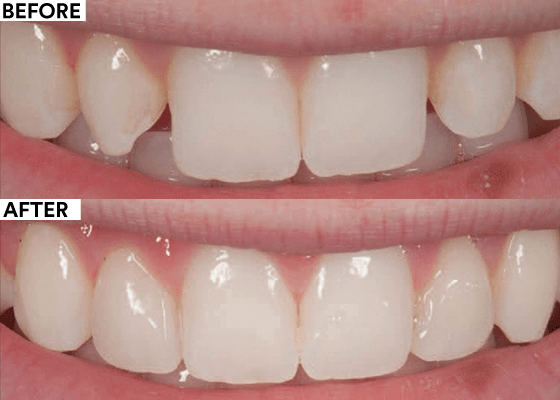Teeth bonding is a treatment in which a tooth-colored resin substance (a durable plastic material) is placed and set with a specific light to restore or improve a person’s smile.
Little advance preparation is needed for dental bonding. Anesthesia is often not necessary unless the bonding is being used to fill a decayed tooth.
What Is the Purpose of Teeth Bonding?
- To restore teeth that have become decaying (composite resins are used to fill cavities).
- To restore teeth that have been chipped or cracked.
- To whiten teeth that have become discolored.
- To provide the appearance of longer teeth.
- To alter the contour of one’s teeth.
- As a more aesthetically pleasing alternative to amalgam fillings.
- To protect a portion of the tooth’s root that has been exposed when gums recede.
- To close spaces between teeth.
Advantages and Disadvantages
Teeth bonding is one of the simplest and least expensive cosmetic dental procedures available. Bonding, unlike veneers and crowns, which are bespoke tooth coverings that must be made in a lab, can usually be completed in one office visit unless multiple teeth are involved. Another advantage is that, when compared to veneers and crowns, less tooth enamel is removed. Anesthesia is usually not necessary unless dental bonding is used to fill a cavity.
Dental bonding does not have the same stain resistance as crowns. Crowns, veneers, and fillings endure longer and are more durable than bonding materials. Bonding materials can sometimes chip or break away from the tooth.


